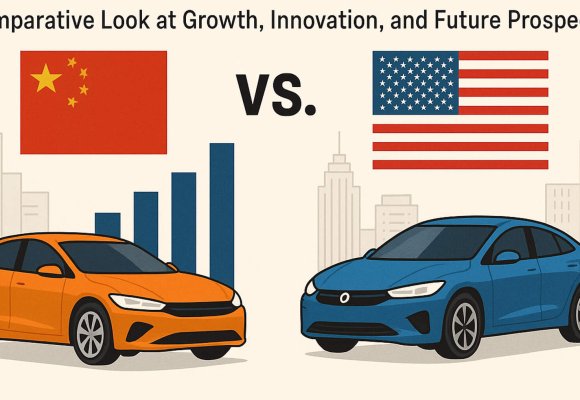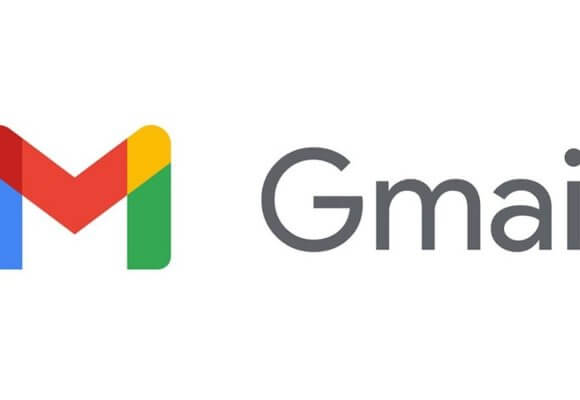|
LISTEN TO THIS THE AFRICANA VOICE ARTICLE NOW
Getting your Trinity Audio player ready...
|
As the world becomes increasingly digitized, the importance of blockchain technology has grown exponentially. While Bitcoin and Ethereum are the most popular blockchain networks, there are other networks that are becoming increasingly important in the digital ecosystem. Polygon is one of these networks, and it has quickly become one of the most popular blockchain networks in the world. In this article, we will discuss everything you need to know about Polygon blockchain technology, including its history, architecture, features, advantages, and disadvantages.
What is Polygon?
Polygon is a Layer 2 scaling solution for Ethereum that aims to address the scalability and interoperability issues that plague the Ethereum network. Polygon was initially known as the Matic Network, and it was launched in 2019. The Matic Network was rebranded to Polygon in 2021 to reflect its expanded capabilities and goals. Polygon is an open-source, decentralized platform that uses sidechains to process transactions and smart contracts.
Polygon Architecture
The Polygon architecture is designed to provide fast and efficient transactions, low transaction costs, and a high degree of security. The network uses a modular architecture that consists of several components, including:
Polygon SDK: A software development kit that allows developers to create customized blockchain networks.
Polygon POS: A proof-of-stake consensus mechanism that secures the network.
Polygon Bridge: A cross-chain bridge that allows tokens to be transferred between Ethereum and Polygon.
Polygon APIs: A set of APIs that provide developers with easy access to Polygon’s network and services.
Polygon Features
Polygon has several features that make it an attractive blockchain network for developers and users. These features include:
High Scalability: Polygon can process up to 65,000 transactions per second, making it one of the fastest blockchain networks in the world.
Low Transaction Fees: Polygon’s transaction fees are significantly lower than those of the Ethereum network, making it more accessible to users.
Interoperability: Polygon is designed to be interoperable with other blockchain networks, allowing users to transfer tokens and data between different networks.
Ethereum Compatibility: Polygon is built on top of Ethereum, which means that it is fully compatible with Ethereum’s smart contracts and infrastructure.
Ecosystem Support: Polygon has a large and growing ecosystem of developers and users, with several popular projects built on top of the network, including Aave, SushiSwap, and Curve Finance.
Advantages of Polygon
Polygon has several advantages that make it an attractive blockchain network for developers and users. These advantages include:
Scalability: Polygon’s high scalability makes it an attractive platform for developers looking to build high-performance applications.
Low Transaction Fees: Polygon’s low transaction fees make it more accessible to users and can help drive adoption.
Interoperability: Polygon’s interoperability with other blockchain networks allows users to easily transfer tokens and data between different networks.
Ethereum Compatibility: Polygon’s compatibility with Ethereum’s smart contracts and infrastructure makes it easy for developers to build on top of the network.
Ecosystem Support: Polygon’s growing ecosystem of developers and users provides a strong foundation for the network’s continued growth and development.
Disadvantages of Polygon
While Polygon has several advantages, it also has some disadvantages that should be considered. These disadvantages include:
Centralization: Some critics argue that Polygon’s architecture is too centralized, as it relies on a small group of validators to secure the network.
Security: While Polygon’s security is strong, it is not as robust as that of the Ethereum network, which has a larger and more decentralized network of validators.
Network Effects: While Polygon has a growing ecosystem, it is still relatively small compared to other blockchain networks, which could limit its adoption and growth.
Conclusion
In conclusion, Polygon is a rapidly growing blockchain network that offers several benefits over the Ethereum network, including high scalability, low transaction fees, and interoperability. While it has some disadvantages, such as concerns over centralization and security, the network’s advantages make it an attractive option for developers and users. As the digital ecosystem continues to evolve, Polygon is well-positioned to become an increasingly important player in the blockchain space, with the potential to drive innovation and growth in the years to come. Whether you are a developer looking to build on a scalable platform or a user seeking low-cost transactions, Polygon is a network worth considering.




























LEAVE A COMMENT
You must be logged in to post a comment.